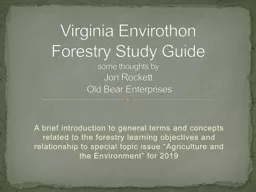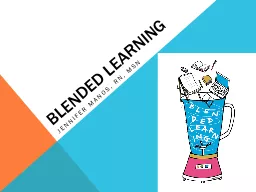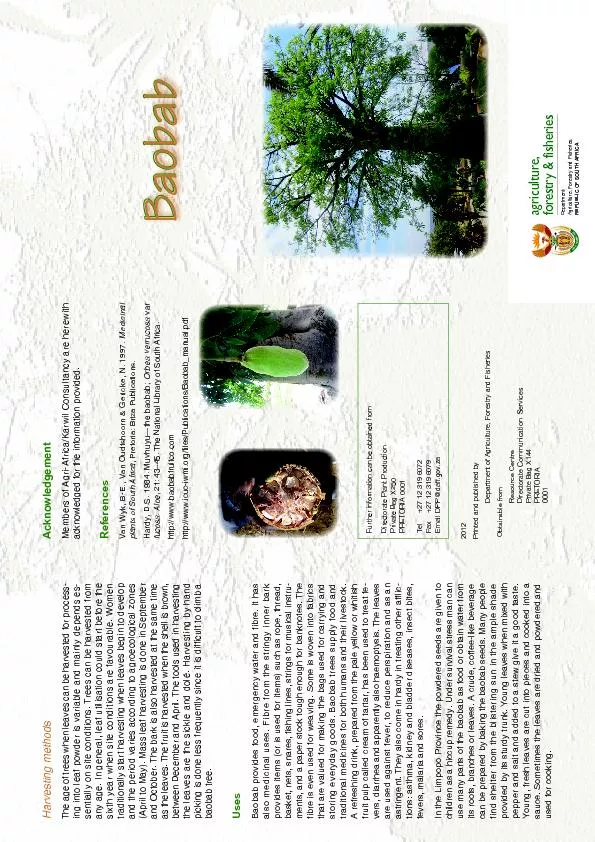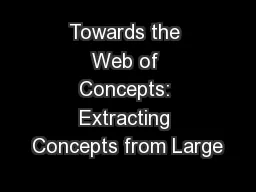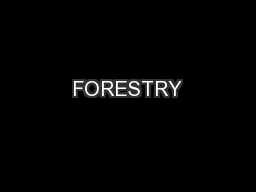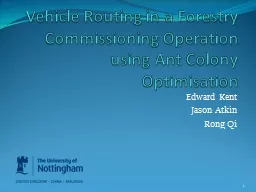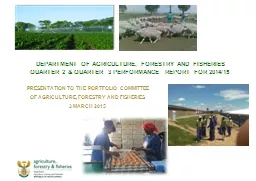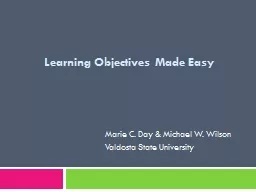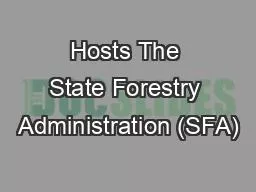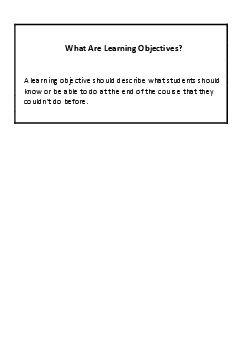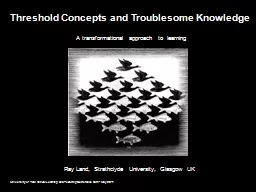PPT-A brief introduction to general terms and concepts related to the forestry learning objectives
Author : lindy-dunigan | Published Date : 2018-11-23
Virginia Envirothon Forestry Study Guide some thoughts by Jon Rockett Old Bear Enterprises The profession embracing the science art and practice of creating managing
Presentation Embed Code
Download Presentation
Download Presentation The PPT/PDF document "A brief introduction to general terms an..." is the property of its rightful owner. Permission is granted to download and print the materials on this website for personal, non-commercial use only, and to display it on your personal computer provided you do not modify the materials and that you retain all copyright notices contained in the materials. By downloading content from our website, you accept the terms of this agreement.
A brief introduction to general terms and concepts related to the forestry learning objectives: Transcript
Download Rules Of Document
"A brief introduction to general terms and concepts related to the forestry learning objectives"The content belongs to its owner. You may download and print it for personal use, without modification, and keep all copyright notices. By downloading, you agree to these terms.
Related Documents

